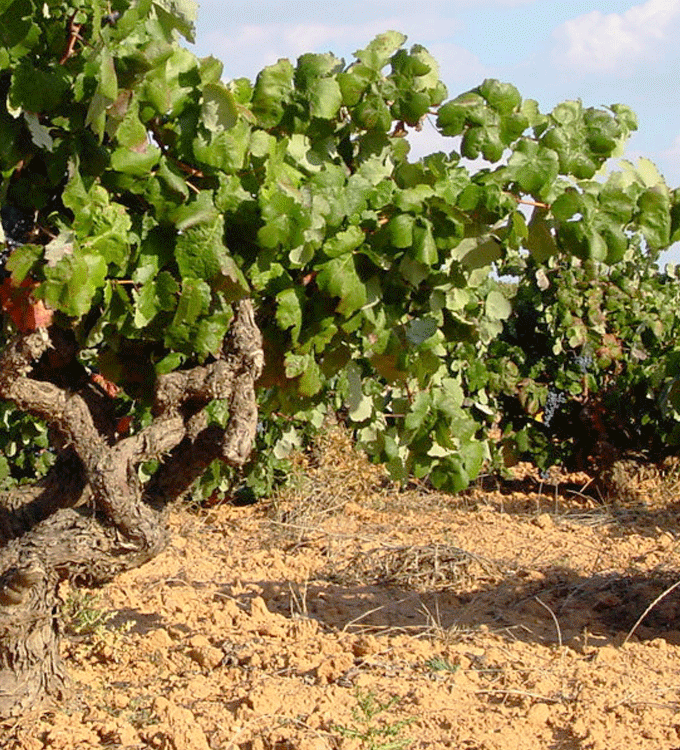Mexico has been producing wine since the 16th century, ever since the Spanish invasion and subsequent conquest of the Aztec Empire. The Spanish planted vines brought from Europe which led to Mexico being the oldest wine-producing region in the Americas.
Although wine has been produced in Mexico for centuries, only recently has there been a market for quality Mexican wines. From 1699, wine production was prohibited in Mexico (except when produced for religious purposes). This led to wine only being produced in Mexico on a very small scale until Mexico gained their independence from the Spanish.
There are three major wine-producing regions in Mexico, The North (Baja California and Sonora), La Laguna and Central Mexico. The vast majority of Mexico’s wine is produced in the north, as the climate there is more suited to wine production.
The Baja Peninsula has over 150 wineries, with numbers growing annually. The majority of these wineries operate on small scale, producing less than 100,000 cases of wine annually. This region benefits from the cool pacific breeze, which ties in nicely with the warm climate. The main sub-regions of production there include Valle de Guadalupe, Valle de Calafia, Valle de San Vincente, and Valle de Santo Tomás. These sub-regions are characterized by their alluvial, granite-rich soils, typical of the Northern Rhône Valley in France. Valle de Guadalupe, in particular, has become a popular tourists destination for wine-fanatics interested in visiting some artisanal vineyards. Wines from this region are characteristically full-bodied, robust, jammy, ripe, and deep in color. Baja wines are also often thought to give off a rather “stoney minerality” or saline-like component to their taste. This is due to groundwater irrigation and close proximity to the ocean.
Any vineyards further south are generally located at high altitudes due to the hot climate. The wine growing region of La Laguna, known as Valla de Parras, is located by the borders of Durango and Coahuila. La Laguna is home to the oldest winery in North America, which was first planted by the Spanish in 1597. The vineyards here are located at about 5000 feet, where a microclimate perfect for grape growing exists.
Further south again, in Central Mexico, is the country’s final wine producing region. Vineyards here sit at a height of 6,500 feet, to cope with the extreme heat and semi-desert climate. The primary purpose of wine production here is to supply Mexico City with fine wines, due to its close proximity. Spain’s Freixenet has winery here called Cavas Freixenet, which is Mexico’s largest producer of sparkling wine.
Mexican wines take are influenced by the French, Spanish and Italian grape varieties, with everything from Nebbiolo to Chenin Blanc. There are over 7,700 acres of vineyards here leading to great diversity in wine production. Wine blends are popular in Mexico, however they often go against European blending traditions. For example, you might find Cabernet Sauvignon blended with Grenache and Barbera. In recent times, single varietal wines have become increasingly popular. These days, Mexico is at the very frontier of the global wine industry.
Red Wines in Mexico include Cabernet Sauvignon, Zinfandel, Cabernet Franc, Carignan, Grenache, Merlot, Malbec, Syrah, Petit Verdot, Tempranillo, Nebbiolo, Dolcetto,Barbera, Petite Sirah, and Pinot Noir.
While White Wines include Chardonnay, Chasselas, Chenin Blanc, Macabeo (aka Viura), Muscat Blanc, Palomino, Riesling, Semillon, Sauvignon Blanc and Viognier.
Información de WineFolly.

